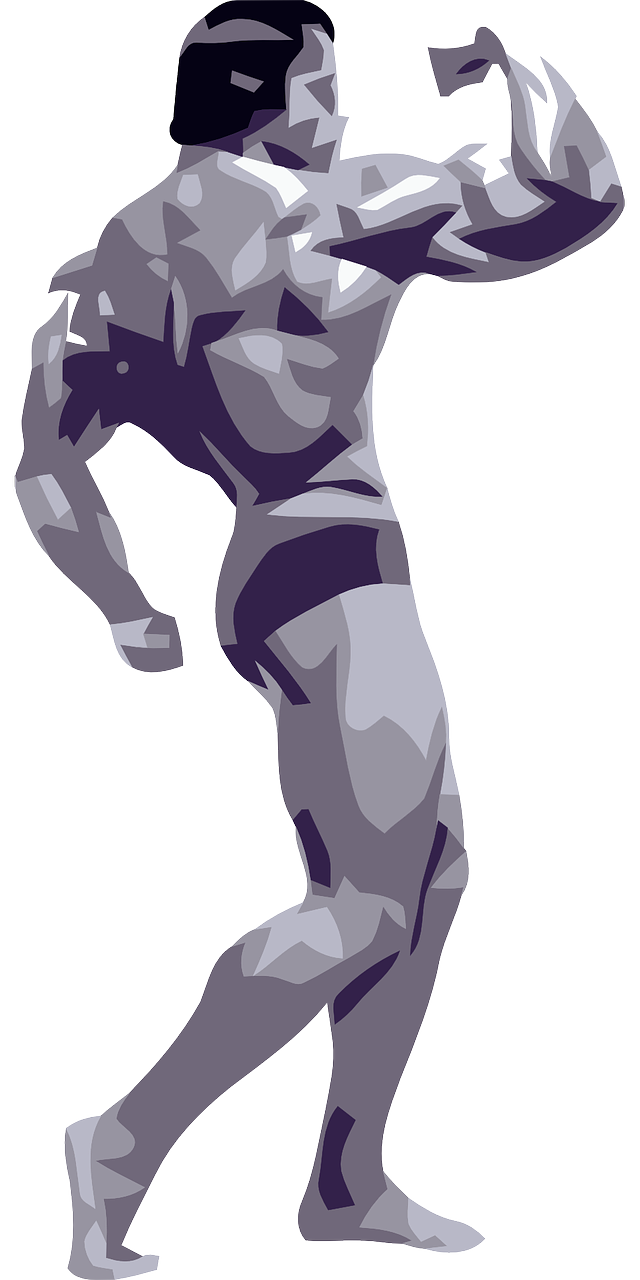
To lift or not to lift? That is the question.
Actually, the question I most often hear is slightly less poetic than Shakespeare- What the F should I do in the gym?
It’s confusing right. A thousand different exercises. 40 different workout splits. Reps. Sets. A million different workouts posted online by various coaches.
Who should you believe? What should you follow?
As my wife likes to remind me, Keep It Simple Stupid (KISS). And that’s exactly what I’m going to do because in all honesty, the variety of what you’ll see online or in the magazines is mostly marketing. We live in an overstimulated world that’s constantly looking for the next best (or new) thing. When it comes to resistance training, there are only a few principles that lay the foundation for a good plan, and everything else is just fluff. The fluff is there because we just can’t be patient. Sometimes that grass looks so damn green on the other side that we have to jump the fence.
Progressive Overload
So the main rule we need to follow in creating a resistance training program is the principle of progressive overload. In plain English, it simply means doing more. That “more” can be:
1. More weight on the bar for the same amount of reps. (Intensity)
2. More reps with the same amount of weight. (Volume)
3. The same reps with the same weight done in less time. (Density)
Side note: For the true exercise scientists, I know those are not the true definitions of those terms. That’s how I categorize various methods of progressive overloading. It keeps things simple for me when creating programs. So if you’re reading a book on exercise or another program, the author may be using intensity, volume, and density to mean other things. Always double check.
In short, if we’re doing more each successive workout (or every other workout and possibly even every third workout), although we may not visually see it, we’re building muscle. We’re on that right path to getting rid of that beer gut. Six pack abs here we come.
Simple, right?
Minimum Effective Dose
So, here’s the next thing we need to understand – Rest is critical to building muscle.
Although all of the cool kids are killing themselves in the gyms, you don’t have to.No puking necessary. No 1,000 rep workouts or squats until you pass out. Seriously, what dad wants to be so sore from his workout that he can’t enjoy his few moments of complete silence – his bathroom break? No one wants to be in pain getting up from the toilet. No one. Plus, we have Christmas lights to hang, a tree to put up, and possibly even a Santa to put on the roof. How are you going to do that if you can’t even bend over to tie your shoes without squealing like a little pig?
So, you need to become very familiar with a term called the minimum effective dose (MED). For us, MED means doing just the right amount of work to stimulate an adaptation, which in our case is building muscle. Not too little. Not too much. Just right.
From a physiological standpoint, it makes sense. We don’t grow when we’re in the weight room. We grow in between workouts. While we’re working out, we’re actually tearing our muscle fibers apart, causing all kinds of destruction and inflammation. This damage sends a message to your muscles that they need to grow. Of course, you can’t hit the gym for 20 minutes, use a few pink dumbbells, and expect to cause enough damage to build 24″ pythons, but at the same time, you cannot kill yourself in the gym every single day and expect your body to recover and rebuild. When do you give your muscles time to rest?
We have to remember that we’re dads. We have responsibilities and with those responsibilities comes stress. There are nights we don’t get enough sleep. There are times when we eat like crap. There are days when work has stressed us out so much we need a few beers to relax afterwards. That stress accumulates. And, when you add a workout regimen that literally tries to kill you every single day, eventually it will.
We’re not bodybuilders. We don’t have personal chefs. We’re not on illegal steroids. We don’t build our entire day around training. Don’t be fooled into thinking that the workout a bodybuilder uses is the same workout you should use. Often times, the volume and variety they use is too much for us regular Joe’s.
Specificity
Although this probably doesn’t need to be said, I have a duty to you, even when it’s pointing out the obvious. If a muscle isn’t stimulated, it won’t grow. Said in another way, your biceps aren’t going to get bigger if all you do is seated calf raises. Although fat loss reduction for a particular body part (The thought that performing endless amounts of crunches will make your stomach flat, even though you have a body fat percentage of 24%) is a myth, when it comes to building muscle it is 100% true.
So with all of that said, let’s start building some programs… in our next post
Hold up.. If you want to keep updated with the latest DadBod posts as well as my online training and nutrition journal, please visit my new site by clicking here.



